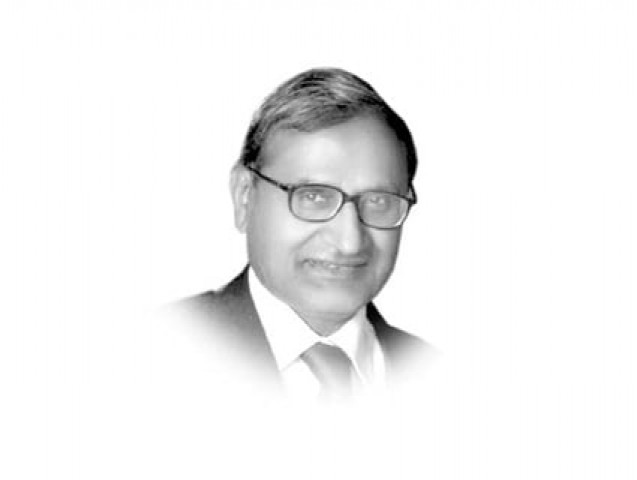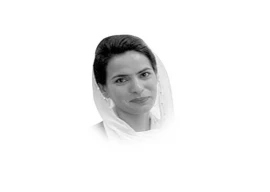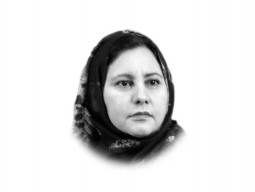
Besides growth rate, a second indicator of interest is the gap between the revenues and expenditure, or the budgetary deficit. This analysis is possible from 2008-09 to 2011-12, i.e., the four years of the PML-N government. In the first two years, the gap was 4.9 per cent and 7.8 per cent. There was a surplus in the third year, attributable largely to the significant jump in the revenue under the new National Finance Commission award. But the overspending returned in the following year with a deficit of one-and-a-half per cent. Compared with a rising share in federal revenues, the effort to mobilise provincial revenues was non-existent. In fact, there was an absolute decline in provincial revenues from Rs99.2 billion in 2008-09 to Rs76.6 billion in the following year and further to Rs70.2 billion in 2010-11. As a percentage of total revenue, the provincial revenues have witnessed a sharp reduction from 27.2 per cent in 2008-09 to 12.7 per cent in 2011-12.
The gap between revenue and expenditure has not resulted from a larger development expenditure, which has decreased from 27.9 per cent of the total expenditure in 2008-09 to 26.2 per cent in 2011-12. Rather, it is the outcome of the failure to mobilise additional provincial revenue. Lower development expenditure is an important reason for the lower growth in Punjab. Total expenditure on education and health has been increasing but the development component decreased. In the case of education, it was seven-and-a-half per cent in 2008-09, 6.7 per cent in 2009-10 and 7.1 per cent in 2010-11. Development expenditure on health as a proportion of total health expenditure was slashed from 15.8 per cent in 2008-09 to nine per cent in 2010-11. Regional distribution of development expenditure has been uneven. The above-mentioned IPP study constructed a composite development index. All three divisions of South Punjab — Multan, Bahawalpur and Dera Ghazi Khan — were ranked at the bottom.
In terms of growth, financial management, development in general and regional development in particular, the record of the PML-N in government in Punjab creates doubts about the future promises being made by the PML-N in opposition.
Published in The Express Tribune, September 14th, 2012.















COMMENTS
Comments are moderated and generally will be posted if they are on-topic and not abusive.
For more information, please see our Comments FAQ